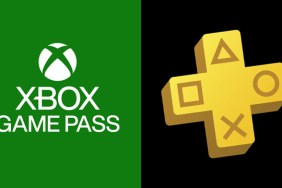Thankfully, no longer untold.
Not all RPGs are created equal. Some are designed to tell a great story, and the RPG elements are meant as a means to an end. Others are made to give the player a challenge, with the story coming either secondary or not at all. Some are built around a unique battle system, and others a more standard theme with a variation here or there. And while some will lead you along, carefully balanced so you’re never quite working through by the slightest of margins, others will mercilessly beat the crap out of you and remind you that saving is a privilege, dammit.
Etrian Odyssey 2 Untold: The Fifnir Knight is a dungeon-crawler that will bust your balls, and will laugh in your face while you're writhing in pain. As you take command of a team of explorers—the princess, the elder warrior, the odd quiet one, the ditz, and the hero with mystical power (you)—the goal is to plunge the depths for an ever-evolving set of reasons given to you by the Duke, the official mission-giver of the town. If you play through the story-specific team, you’re granted the weaving plot devices to keep pushing your forward, like finding a specific set of herbs to create a special medicine, or defeating a specific floor’s badass to save some stranded soldiers. As far as story goes, it has a simple structure: complete main story missions, pick up a few side-quests courtesy of the tavern, rinse, repeat.
But that’s only one possible playthrough. There’s a second option, and that’s to create your own guild and team and start exploring the depths simply because they’re there and you like killin’ stuff. The full range of character archetypes are here—noble soldiers, samurai, gunners, medics, and more to create your ideal fighting force. Selecting all offensive, all defensive, all magic, or all physical attacks can give the game extra challenge, just like selecting an all-warrior team in the original Final Fantasy can (and this time, without the possibility of sword-chucks). And it’s not like you’re entirely stuck with a single team in either scenario, since the option exists to change a character’s class and redistribute their accrued skill points. It costs two levels, but recreate them as whatever you find yourself desiring. If your Survivalist would function better as a Gunner or your War Magus better as a Medic, that’s a possibility that doesn’t lead to starting entirely from scratch.
Speaking of skill points, every character has a unique skill tree, where every level will grant an additional skill point to designate. So if you find yourself in need of a more powerful attack to your enemy’s back row (as they have the same battle layout you do), beefing up an archer that’s protected in the back by a damage-sponge defenseman in the front is an option. You can level up general trees, like the archer’s overall accuracy and power, or specific attacks like a Medic’s “Cure” skill. In most cases, upgrading a skill of general ability will unlock additional skills and capabilities so no matter what you choose, you’re always feeling like you’ve actually empowered a character… even if you choose their “Mine” or “Take” skills, which finds more stuff at collection locations across each map. Everything helps.
One feature here that can change the swing of a fight is the Force gauge, where a given character can power up in his or her specialty. For example, a defense-heavy Protector class can temporarily power up his defensive skills, or the Medic can cut its magic points/TP in half for healing spells. But there’s also a sort of desperation technique, which trades the Force gauge while your team is out on the field for the ability to deal a metric crap-ton of damage, heal everyone’s HP and TP back to workable levels, or even prevent all damage for a full turn no matter how powerful the opponent. They’re great for boss fights when everything looks bleak, as they can turn the tide of battle if used correctly.
Most of the early enemies, say the first few floors of the forest you’ll primarily explore and the dungeon you’ll plunge into, aren’t too difficult; everything after that can really rip a team apart. It’s not an impossible fight, but the difficulty shoots up quite high and even after a few times through each labyrinthine floor, there are a few location-specific foes that can leave you plenty beat up. And this is using a traditional JRPG battle system, with a five-character, front/back row team placement mechanic for additional offensive and defensive possibilities. If you can balance your adequate but not overwhelming amount of TP to take down the super-tough foes, while still having something left over as you stagger back to the stairway to get back to town, you’ll be just fine. But still be prepared to grind even in that weakened state, since the hotel you’ll need to pay to stay in goes up in price every time you stay a night.
I haven’t even been critical up to this point (except maybe for the difficulty, which is relentless), and that’s because all of that… is damn fun. The whole experience feels tough, but it never feels unfair. The balance of available attacks and general mannerisms of each baddie, no matter its strength or level, is usually enough to out-think the fight, which might lead to a few being predictable, but generally left me feeling like I’ve actually accomplished something. That is, apart from FOEs which move across the map continually and will make a beeline for you if they see you. But they do add tension to battles when you’ve already spent your entire party’s magic and strong attacks, and you’re left digging for whatever’s left in your bag-o’-tricks.
What may throw off new players is that the map doesn’t draw itself, nor does it display in any sort of entirety until you’ve walked over nearly every square of the area, marking down every possible… well, everything: walls, item collection points, on-site “refresh” spots (to regain HP or TP), time-specific unlocks (like certain necessary plot devices only being available at night), treasure chests, everything. And it’s drawn out one drag-and-drop icon or line drawing at a time across the gridded map “paper”. At first it was a little annoying, but it becomes second-nature after a floor, and it’s almost fun to feel like you’re actually engaging with the world that much further.
Finally, there’s the cooking system. Yup, you can collect recipes and get them back to the town restaurant, both to award yourself an upgrade for the next outing to the labyrinths or even sell to people around town. It’s a basic economic system that’s entirely optional, but it’s easy to implement and adds more money to your pocket, which can buy the armor you’ll be chronically too broke to regularly afford. Seriously, I’m bringing and selling the items to the shop that will make new stuff to help them, and I still can’t get so much as a notable discount so I can afford stuff. Again, grinding helps, but like every RPG protagonist… c’mon. I deserve a “saving the world” discount card.
Really though, there’s a lot of content here, and it’s all worth exploring. The different character archetypes are all perfectly playable and fun to build up a personalized team with (my samurai is always named Sanjuro, in case anybody wanted to know). Difficulty might be off the scale at times, with the occasional enemy that will take going back to earlier floors to even think about taking on, and the shop gets pricey, but I can’t honestly find much fault in this game beyond that. It’s definitely too hardcore for many casual fans, but if you’re the type that enjoys a sturdy wall to break down in the name of progress, then I hope you brought some padding… sometimes, love hurts.
-
Deceptively simple-yet-complex battles
-
Ability to completely bypass story for the sake of gameplay
-
Unnecessary (yet rewarding) cooking economy system
-
Steep difficulty spike
-
If it draws you in, be ready to get invested
etrian-odyssey-2-untold-the-fafnir-knight
-
etrian-odyssey-2-untold-the-fafnir-knight #1
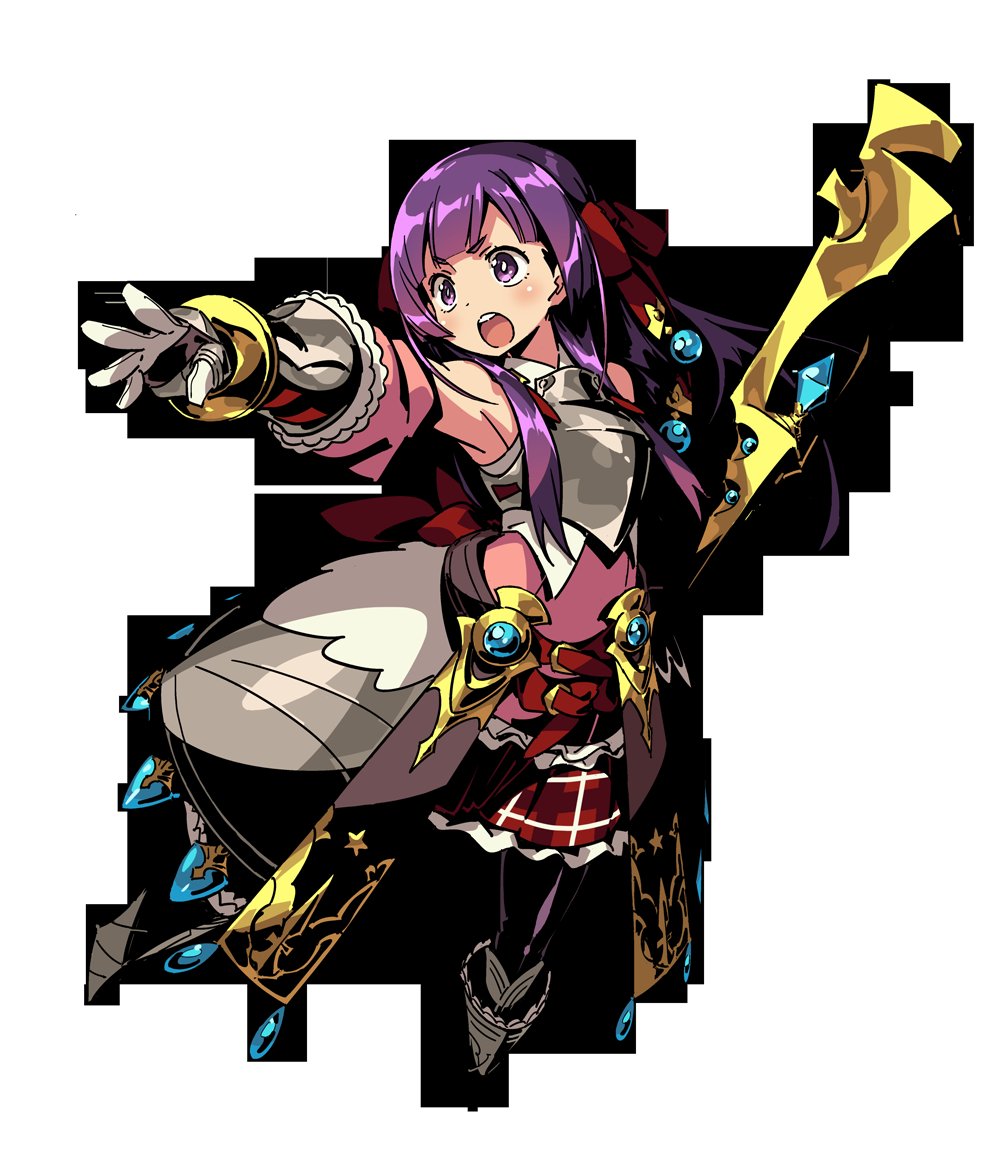
-
etrian-odyssey-2-untold-the-fafnir-knight #2
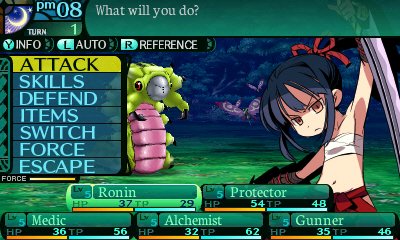
-
etrian-odyssey-2-untold-the-fafnir-knight #3
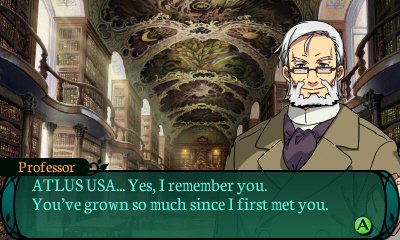
-
etrian-odyssey-2-untold-the-fafnir-knight #4
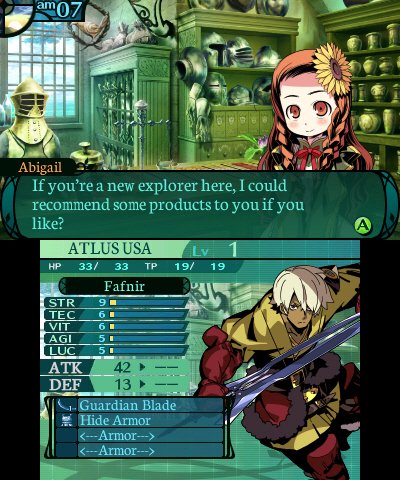
-
etrian-odyssey-2-untold-the-fafnir-knight #5

-
etrian-odyssey-2-untold-the-fafnir-knight #6
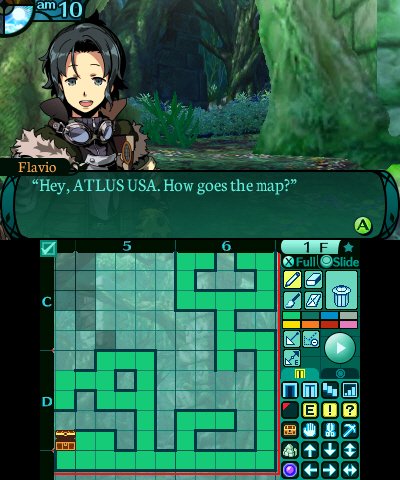
-
etrian-odyssey-2-untold-the-fafnir-knight #7
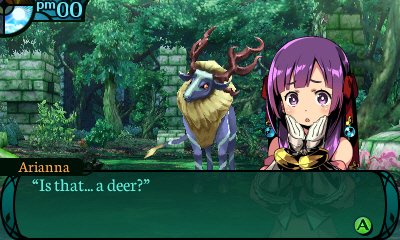
-
etrian-odyssey-2-untold-the-fafnir-knight #8

-
etrian-odyssey-2-untold-the-fafnir-knight #9
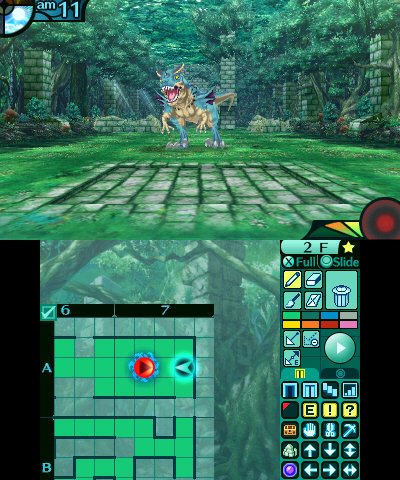
-
etrian-odyssey-2-untold-the-fafnir-knight #10
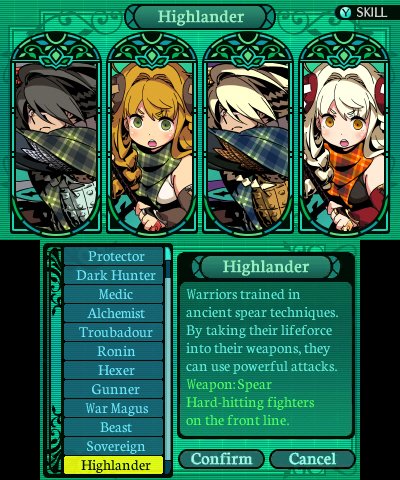
-
etrian-odyssey-2-untold-the-fafnir-knight #11
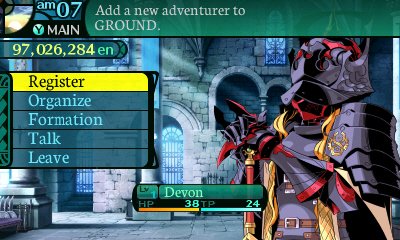
-
etrian-odyssey-2-untold-the-fafnir-knight #12
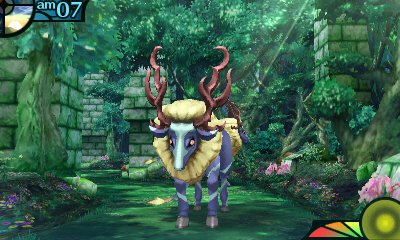
-
etrian-odyssey-2-untold-the-fafnir-knight #13
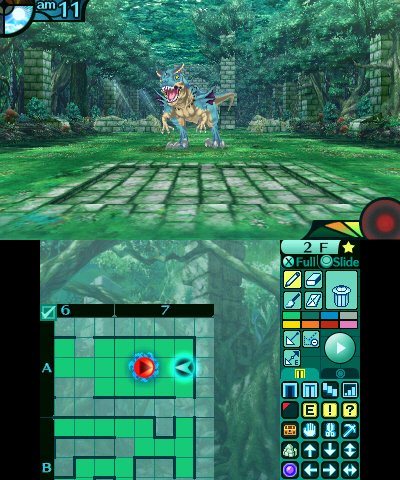
-
etrian-odyssey-2-untold-the-fafnir-knight #14
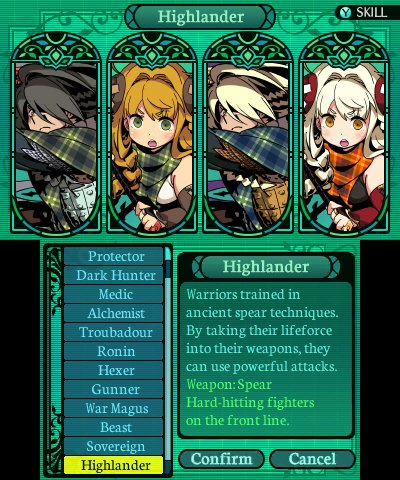
-
etrian-odyssey-2-untold-the-fafnir-knight #15
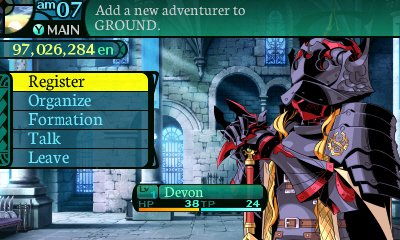
-
etrian-odyssey-2-untold-the-fafnir-knight #16
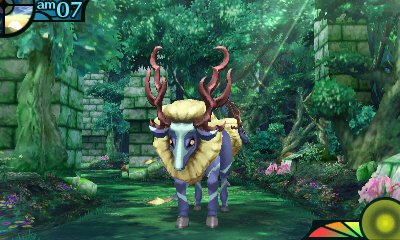
-
etrian-odyssey-2-untold-the-fafnir-knight #17
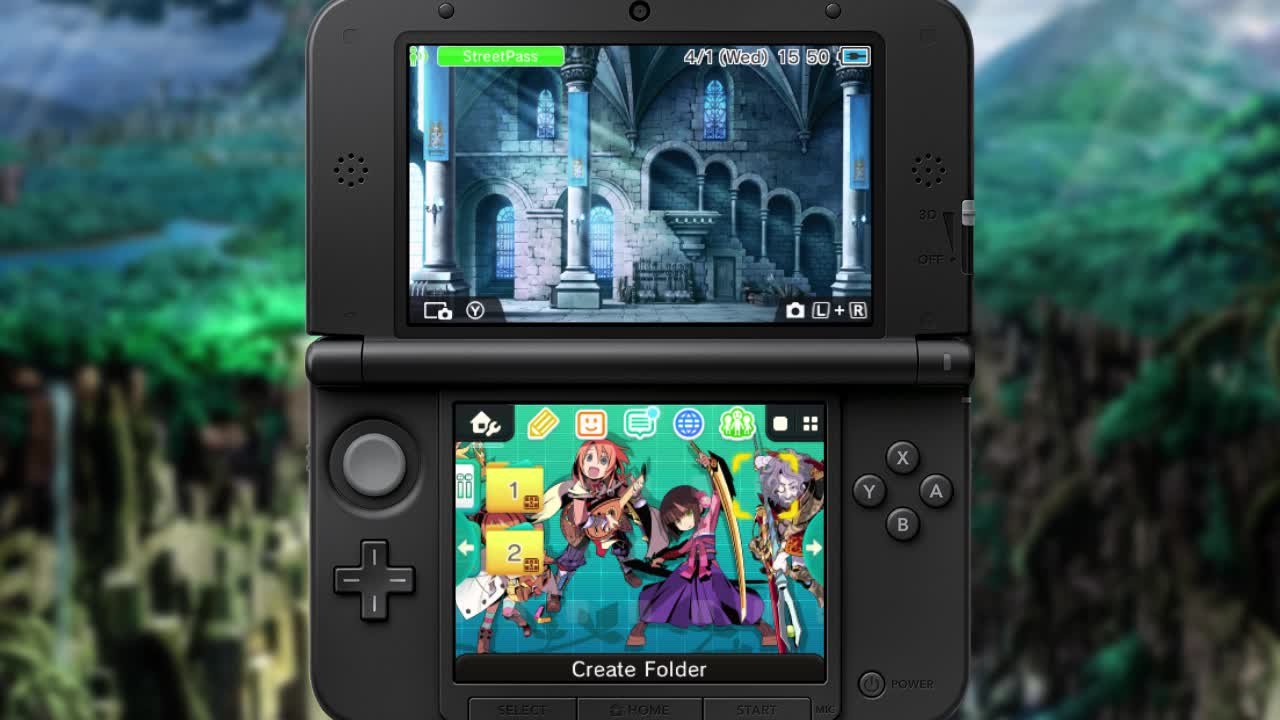
-
etrian-odyssey-2-untold-the-fafnir-knight #18
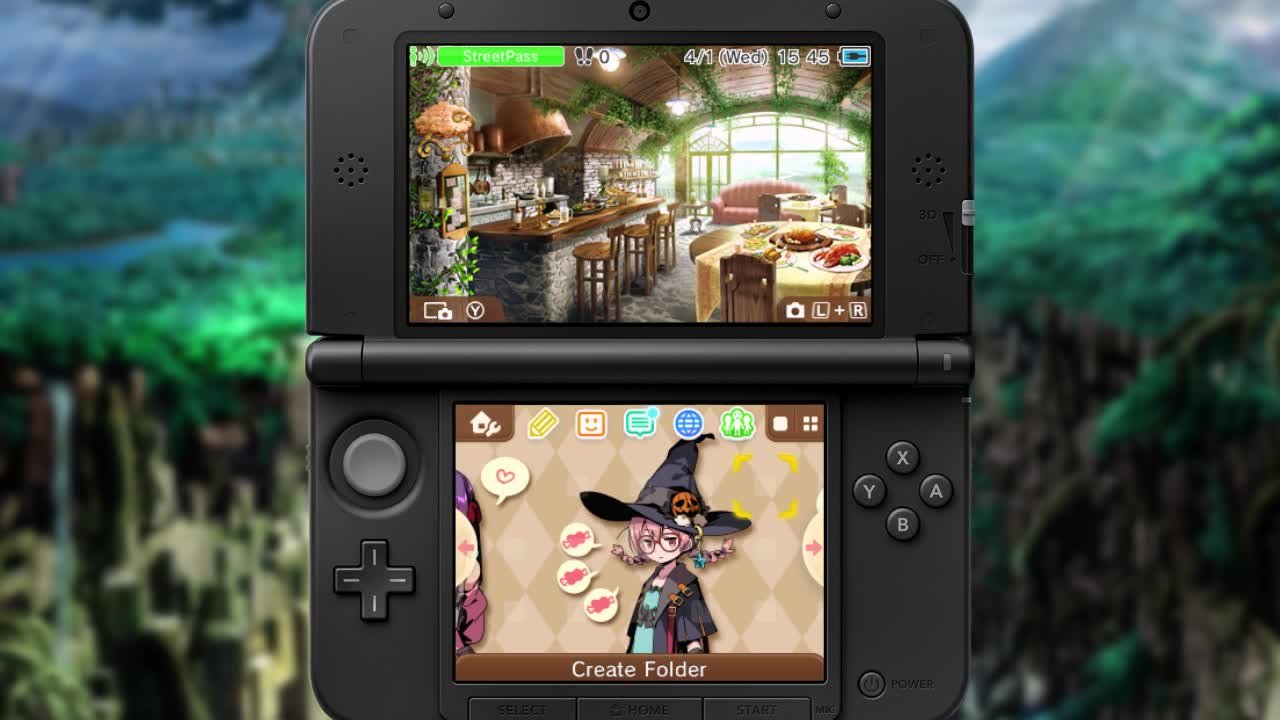
-
etrian-odyssey-2-untold-the-fafnir-knight #19








